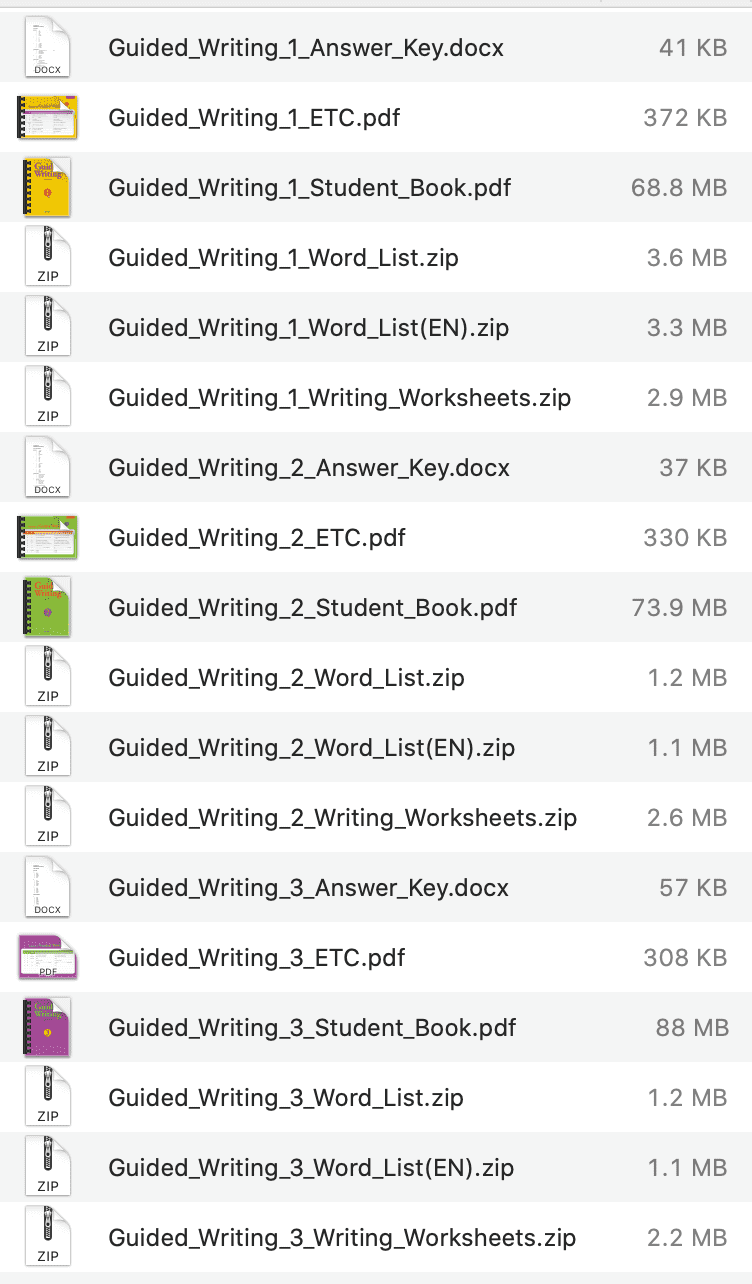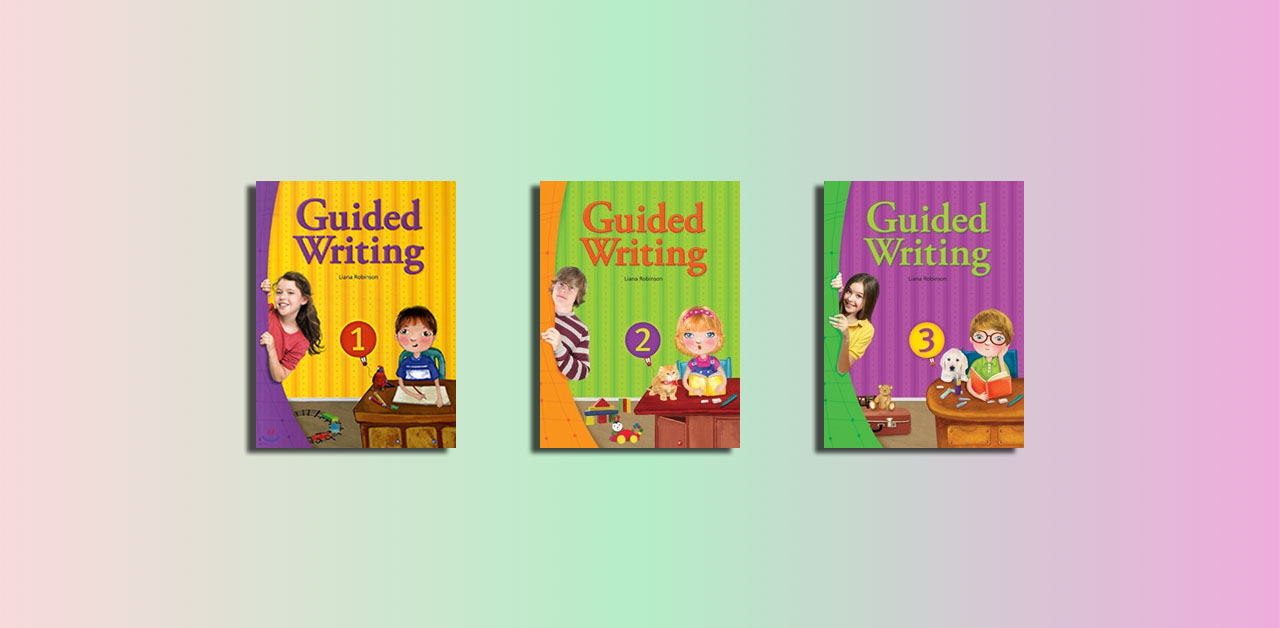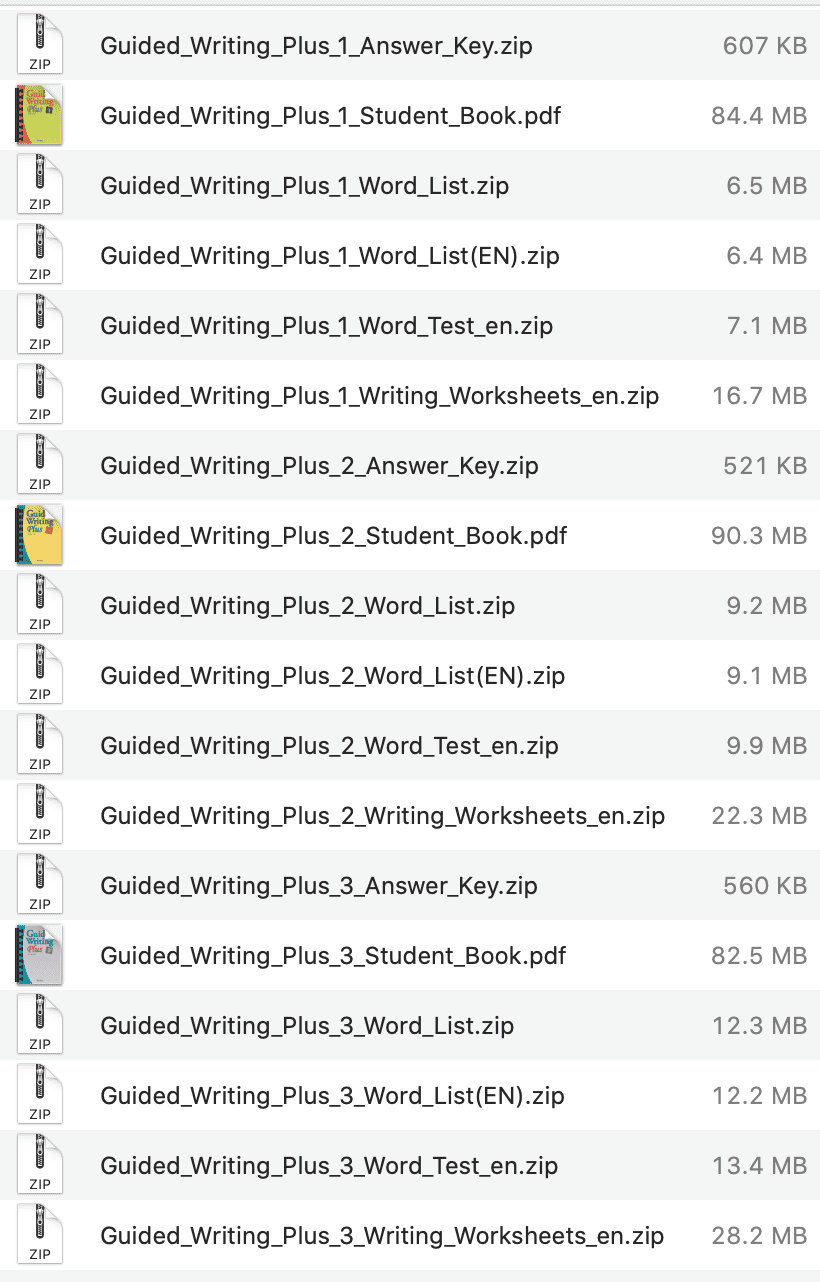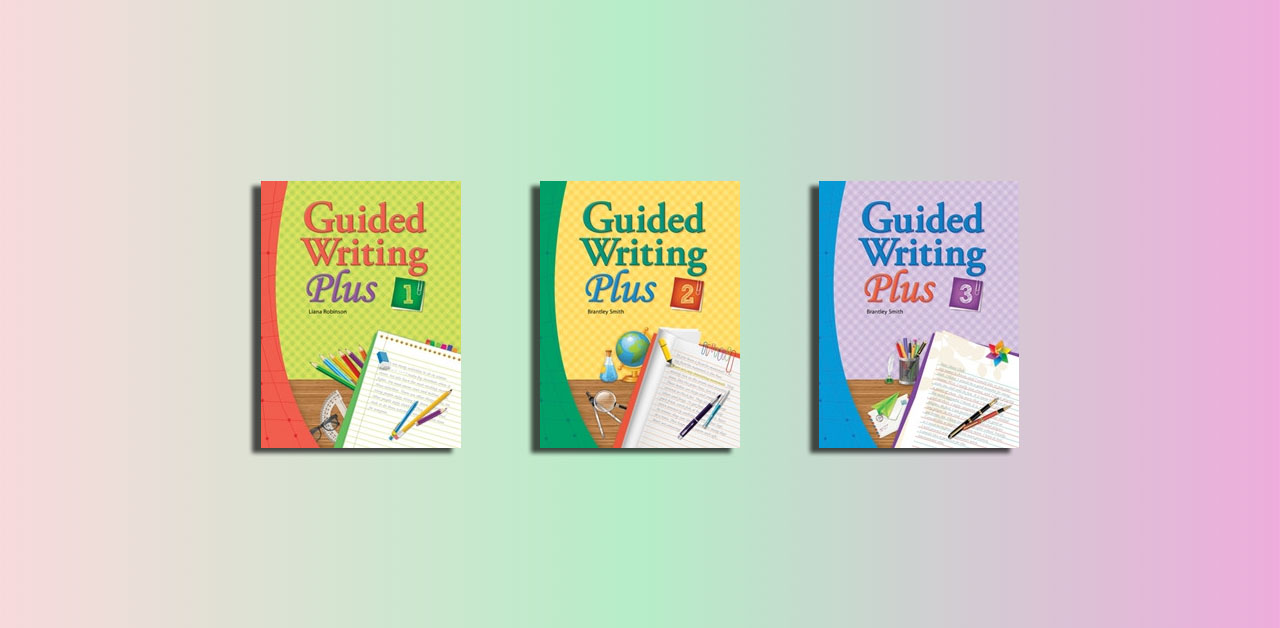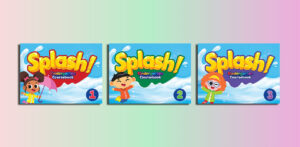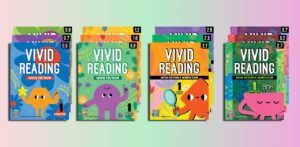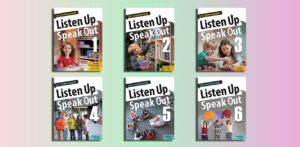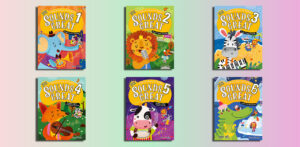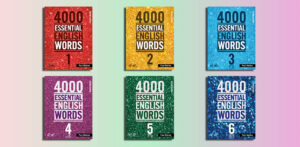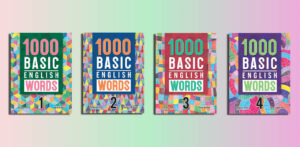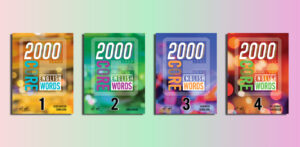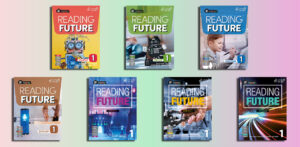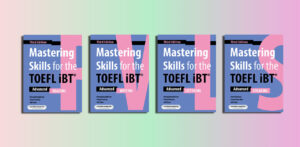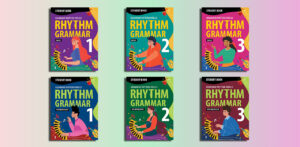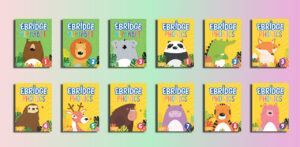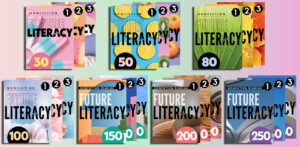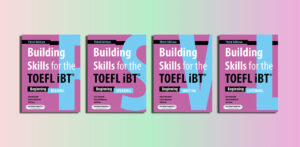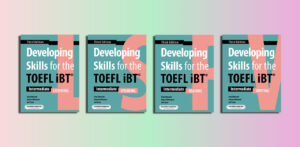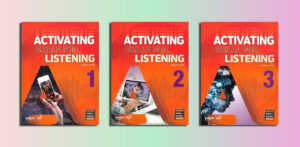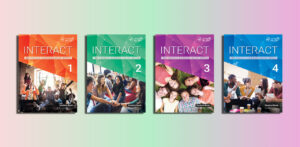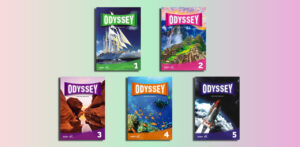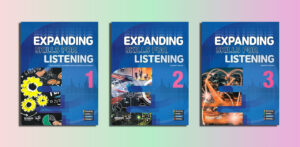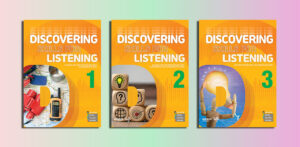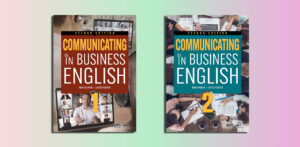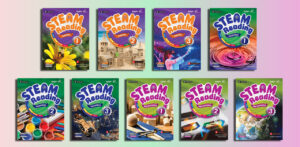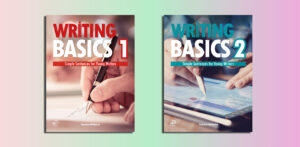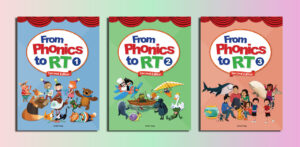Guided Writing (PDFs, Resources)
Level 1 (Pre A1)
Answer Key – ETC – Student Book – Word List – Writing Worksheet
Guided Writing 1 Student Book.pdf – Sample: Click
Level 2 (Pre A1 / A1)
Answer Key – ETC – Student Book – Word List – Writing Worksheet
Guided Writing 2 Student Book.pdf – Sample: Click
Level 3 (A1)
Answer Key – ETC – Student Book – Word List – Writing Worksheet
Guided Writing 2 Student Book.pdf – Sample: Click
Compass Writing Series
Very Easy Writing (Pre A1): Click here
Guided Writing (Pre A1 / A1): Click here
Guided Writing Plus (A1+ / A2+): Click here
| Name | Price | Buy |
|---|---|---|
| Guided Writing 1 (PDFs, Resources) | $5 | |
| Guided Writing 2 (PDFs, Resources) | $5 | |
| Guided Writing 3 (PDFs, Resources) | $5 | |
| Guided Writing - All 3 Levels (PDFs, Resources) | $12 |
Guided Writing Plus (PDFs, Resources)
Level 1 (A1+ / A2)
Answer Key – Student Book – Word List – Word Test – Writing Worksheet
Guided Writing Plus 1 Student Book.pdf – Sample: Click
Level 2 (A2 / A2+)
Answer Key – Student Book – Word List – Word Test – Writing Worksheet
Guided Writing Plus 2 Student Book.pdf – Sample: Click
Level 3 (A2+)
Answer Key – Student Book – Word List – Word Test – Writing Worksheet
Guided Writing Plus 2 Student Book.pdf – Sample: Click
| Name | Price | Buy |
|---|---|---|
| Guided Writing Plus 1 (PDFs, Resources) | $5 | |
| Guided Writing Plus 2 (PDFs, Resources) | $5 | |
| Guided Writing Plus 3 (PDFs, Resources) | $5 | |
| Guided Writing Plus - All 3 Levels (PDFs, Resources) | $12 |
Overview of the “Guided Writing” by Compass Publishing
Contents
| ✅ Coursebook: | Guided Writing |
| ✅ Authors: | Liana Robinson |
| ✅ Publisher: | Compass Publishing |
| ✅ English type: | International English |
| ✅ Levels: | Pre A1, A1 |
| ✅ Skill: | Writing |
| ✅ For: | Primary |
| ✅ Publication year: | 2013 |
The Guided Writing series by Compass Publishing is a set of textbooks and supplementary materials aimed at enhancing writing proficiency for young English language learners at the beginner levels: Level 1 (CEFR Pre-A1), Level 2 (CEFR Pre-A1/A1), and Level 3 (CEFR A1). The series also includes Guided Writing Plus editions for slightly more advanced practice. Authored by experts like Liana Robinson and Brantley Smith, these books guide students through the writing process with engaging, step-by-step exercises tailored to their proficiency levels.
Key Features of the Guided Writing Series
Structured Four-Section Units
Each unit is organized into four sections to systematically develop writing skills:
- Vocabulary Development: Introduces theme-related words and phrases suitable for Pre-A1 to A1 learners, building a foundation for writing.
- Sentence Structure Practice: Provides exercises to form simple, grammatically correct sentences, emphasizing basic syntax.
- Brainstorming Skills: Encourages students to generate and organize ideas, fostering creativity within their proficiency level.
- Paragraph Writing Guidance: Guides students in creating short, cohesive paragraphs with clear structure, tailored to their CEFR level.
Age-Appropriate and Engaging Topics
The series uses familiar themes like family, animals, and daily routines, designed to resonate with young learners. These topics are paired with simple vocabulary and tasks appropriate for Pre-A1 (Level 1), Pre-A1/A1 (Level 2), and A1 (Level 3) students, ensuring accessibility and engagement.
Guided Questions and Modeled Writing
Each unit includes guided questions to help students plan their writing, even at the Pre-A1 level. Modeled writing samples demonstrate simple sentence and paragraph structures, providing clear examples for students to follow.
Integrated Skills Approach
In addition to writing, the series incorporates basic reading, speaking, and listening activities to support overall language development. This approach ensures that Pre-A1 and A1 learners build well-rounded communication skills.
Genre-Based Writing in Guided Writing Plus
The Guided Writing Plus editions introduce simple genre-specific tasks, such as short emails, descriptions, or basic reports, appropriate for A1 learners transitioning to more complex writing. These tasks prepare students for real-world applications while remaining accessible.
Critical Thinking and 21st-Century Skills
The series promotes critical thinking through simple project-based tasks that encourage Pre-A1 and A1 students to apply their writing skills in practical contexts. These activities align with 21st-century learning goals, preparing students for future academic tasks.
Conclusion
Compass Publishing’s Guided Writing series is an excellent resource for young English language learners at CEFR Pre-A1 (Level 1), Pre-A1/A1 (Level 2), and A1 (Level 3). Its structured, engaging approach builds foundational writing skills while fostering confidence and critical thinking. For educators, the series offers a comprehensive, CEFR-aligned curriculum that simplifies teaching. Whether used in classrooms or for self-study, Guided Writing is a reliable tool for helping young learners succeed in English writing.
Who is suitable for “Guided Writing”?
Young English Language Learners (ELLs): Primarily elementary and early middle school students who are beginning to learn English.
CEFR Pre-A1 to A1 Proficiency Levels:
- Level 1 (Pre-A1): Absolute beginners with minimal or no prior English exposure, needing basic vocabulary and sentence formation skills.
- Level 2 (Pre-A1/A1): Learners transitioning from beginner to early elementary proficiency, capable of simple sentences and basic communication.
- Level 3 (A1): Early elementary learners who can handle basic paragraph writing and slightly more complex structures.
Students Developing Foundational Writing Skills: Those who need structured guidance to build confidence in writing sentences and short paragraphs in English.
Classroom and Self-Study Settings: Suitable for students in formal school environments or those engaging in independent study with teacher or parental support.
Learners Interested in Integrated Skills: Students who benefit from combining writing with basic reading, speaking, and listening activities to enhance overall language development.
Educators and Tutors: Teachers seeking a CEFR-aligned, ready-to-use curriculum for young learners, with resources like workbooks, audio, and teaching guides to support instruction.
The series is ideal for young learners who need a step-by-step, engaging approach to writing, particularly in English as a second or foreign language contexts.
The benefits of “Guided Writing”
The Guided Writing series by Compass Publishing offers numerous benefits for both students and educators, tailored to young English language learners (ELLs) at CEFR Pre-A1 to A1 levels. Below is a concise overview of its key benefits:
Benefits for Students
- Accessible and Confidence-Building: The step-by-step approach simplifies writing for Pre-A1 to A1 learners, reducing intimidation and fostering confidence through clear instructions and achievable tasks.
- Engaging and Relatable Content: Familiar topics like family, animals, and daily routines captivate young learners, making writing enjoyable and relevant.
- Structured Skill Development: The four-section units (vocabulary, sentence structure, brainstorming, and paragraph writing) progressively build foundational writing skills, ensuring steady improvement from Pre-A1 to A1 proficiency.
- Clear Guidance and Examples: Guided questions and modeled writing samples provide concrete support, helping students plan and produce simple sentences and paragraphs effectively.
- Holistic Language Growth: Integrated reading, speaking, and listening activities enhance overall language proficiency, supporting well-rounded communication skills.
- Critical Thinking and Creativity: Brainstorming exercises and project-based tasks encourage idea generation and practical application, fostering 21st-century skills.
- Flexible Practice Opportunities: The detachable workbook offers additional exercises for classroom or home use, reinforcing learning at the student’s pace.
Benefits for Educators
- Comprehensive, Ready-to-Use Curriculum: Aligned with CEFR Pre-A1 to A1 standards, the series saves time on lesson planning with structured units and clear objectives.
- Versatile Teaching Resources: Downloadable audio recordings, answer keys, and teaching guides support diverse instructional needs, enhancing lesson delivery.
- Adaptable for Various Settings: The series suits both classroom and tutoring environments, with materials designed for group or individual learning.
- Supports Differentiated Instruction: The leveled progression (Level 1: Pre-A1, Level 2: Pre-A1/A1, Level 3: A1) allows educators to cater to varying student abilities within the same framework.
- Engages Young Learners: The age-appropriate, interactive content keeps students motivated, making classroom management easier and more effective.
Overall Impact
The Guided Writing series empowers young ELLs to develop essential writing skills while building confidence and creativity. For educators, it provides a reliable, engaging, and CEFR-aligned tool to facilitate effective teaching. By combining structured guidance with practical applications, the series prepares students for future academic success and real-world communication.
Effective learning strategies for “Guided Writing”
To maximize the benefits of Compass Publishing’s Guided Writing series for young English language learners (ELLs) at CEFR Pre-A1 to A1 levels, students and educators can employ the following effective learning strategies. These strategies are tailored to the series’ structure and designed to enhance writing proficiency, engagement, and overall language development.
Strategies for Students
Engage Actively with Vocabulary Development
- Pre-Unit Preparation: Before starting a unit, preview the vocabulary section. Create flashcards or use apps to practice new words and phrases, associating them with visuals or real-life examples (e.g., labeling objects at home).
- Contextual Practice: Use the unit’s theme (e.g., family, animals) to practice vocabulary in simple sentences, both orally and in writing, to reinforce retention.
Practice Sentence Building Gradually
- Follow Models: Study the sentence structure examples provided in each unit. Mimic these patterns by writing similar sentences with different vocabulary.
- Incremental Exercises: Complete sentence-building tasks in the workbook, starting with guided prompts and progressing to independent sentence creation to build confidence.
Leverage Brainstorming for Creativity
- Mind Mapping: Use simple mind maps or lists to organize ideas during the brainstorming section. Draw or write keywords related to the unit’s topic to spark creativity.
- Pair Discussions: If possible, discuss ideas with a peer or family member before writing, using guided questions to practice speaking and generate content.
Use Guided Questions as a Writing Blueprint
- Answer First, Then Write: Respond to the unit’s guided questions in short phrases or sentences before drafting a paragraph. This breaks the writing process into manageable steps.
- Revisit Models: Compare drafts to the modeled writing samples to ensure proper structure, such as a clear topic sentence and supporting details.
Integrate Speaking and Listening
- Audio Support: Listen to the downloadable audio recordings to improve pronunciation and comprehension of unit vocabulary and sentences. Repeat after the audio to practice fluency.
- Read Aloud: Read completed sentences or paragraphs aloud to build confidence and improve oral expression, reinforcing writing through speaking.
Reflect and Revise
- Self-Assessment: After completing a paragraph, check for basic elements (e.g., complete sentences, correct vocabulary) using a simple checklist provided by the teacher or created based on the unit’s goals.
- Iterative Writing: Rewrite paragraphs based on feedback or self-assessment to practice improving clarity and structure.
Strategies for Educators
Scaffold Lessons for Differentiated Learning
- Level-Appropriate Tasks: Tailor activities to match students’ CEFR levels (Pre-A1 for Level 1, Pre-A1/A1 for Level 2, A1 for Level 3). For Pre-A1 students, focus on single sentences; for A1 students, emphasize short paragraphs.
- Gradual Release: Use the “I do, we do, you do” model—demonstrate writing techniques, practice together, then let students work independently.
Incorporate Interactive Activities
- Group Brainstorming: Facilitate small-group discussions for the brainstorming section, encouraging students to share ideas orally before writing. Use visuals or real objects to spark engagement.
- Role-Play: Turn unit topics into simple role-plays (e.g., describing a family member) to integrate speaking and writing, making learning dynamic.
Utilize Supporting Resources
- Audio Integration: Play audio recordings during lessons to model pronunciation and reinforce listening skills. Pause to discuss key vocabulary or sentence patterns.
- Teaching Guides: Refer to the downloadable teaching guides for lesson plans, activity ideas, and tips to address common challenges for Pre-A1 to A1 learners.
Encourage Peer Collaboration
- Peer Review: Pair students to review each other’s sentences or paragraphs using simple criteria (e.g., “Does it have a clear main idea?”). This fosters collaboration and critical thinking.
- Group Projects: Assign unit-based projects (e.g., creating a class book of short paragraphs) to promote teamwork and apply writing skills creatively.
Provide Targeted Feedback
- Focus on Key Skills: For Pre-A1 students, prioritize vocabulary accuracy and sentence completion; for A1 students, emphasize paragraph coherence and basic grammar. Avoid overwhelming learners with excessive corrections.
Positive Reinforcement: Highlight strengths in students’ writing (e.g., creative ideas, correct sentences) to build confidence, alongside one or two areas for improvement. - Integrate Technologye-Tutor Program: If available, use the optional e-Tutor online program for interactive exercises that reinforce unit content, ideal for homework or blended learning.
- Digital Tools: Encourage students to type their paragraphs on simple platforms (e.g., Google Docs) or use language-learning apps to practice vocabulary and sentence structures.
Promote Consistent Practice and Reflection
- Writing Journals: Have students maintain a journal for short, daily writing tasks based on Guided Writing units, reinforcing skills outside formal lessons.
- Progress Tracking: Use a simple portfolio to collect students’ writing samples over time, allowing them to see their improvement from Pre-A1 to A1 levels and set goals.
General Tips for Success
- Create a Supportive Environment: Foster a low-pressure atmosphere where mistakes are part of learning, encouraging Pre-A1 and A1 students to experiment with writing.
- Celebrate Progress: Acknowledge small achievements, such as completing a full sentence (Pre-A1) or a cohesive paragraph (A1), to maintain motivation.
- Align with Real-World Contexts: Relate writing tasks to students’ lives (e.g., writing about their favorite animal) to make learning meaningful and applicable.
By implementing these strategies, students can fully engage with the Guided Writing series’ structured approach, building writing proficiency, confidence, and language skills. Educators can leverage the series’ resources to create dynamic, effective lessons that cater to young ELLs’ needs, ensuring steady progress from CEFR Pre-A1 to A1.
Effective teaching strategies for “Guided Writing”
To effectively teach Compass Publishing’s Guided Writing series to young English language learners (ELLs) at CEFR Pre-A1 (Level 1), Pre-A1/A1 (Level 2), and A1 (Level 3) proficiency levels, educators can adopt the following targeted teaching strategies. These strategies align with the series’ structured, four-section units and are designed to engage young learners, scaffold learning, and maximize writing skill development.
1. Scaffold Learning for Differentiated Instruction
Tailor to CEFR Levels: Adapt tasks to match student proficiency:
- Level 1 (Pre-A1): Focus on basic vocabulary recognition and single-sentence writing with heavy guidance (e.g., filling in blanks or copying modeled sentences).
- Level 2 (Pre-A1/A1): Emphasize combining sentences into short sequences with simple connectors (e.g., “and”).
- Level 3 (A1): Guide students toward writing short, cohesive paragraphs with a clear topic sentence and 2–3 supporting details.
Gradual Release Model: Use the “I do, we do, you do” approach:
- I Do: Model writing a sentence or paragraph on the board, explaining each step (e.g., choosing vocabulary, forming a sentence).
- We Do: Collaboratively write a sample with the class, using student input.
- You Do: Assign independent tasks, supported by guided questions or workbook exercises.
Simplify Instructions: Use clear, concise language and visuals (e.g., gestures, pictures) to ensure Pre-A1 and A1 learners understand tasks.
2. Leverage the Series’ Structure for Lesson Planning
Break Units into Micro-Lessons: Divide each four-section unit (vocabulary, sentence structure, brainstorming, paragraph writing) into separate lessons or activities within a single class to maintain focus and avoid overwhelming young learners.
- Vocabulary: Start with interactive games (e.g., matching words to pictures) to introduce unit themes.
- Sentence Structure: Use whiteboard drills or pair work to practice sentence patterns.
- Brainstorming: Facilitate small-group discussions to generate ideas.
- Paragraph Writing: Guide students through drafting, using modeled samples.
Incorporate Repetition: Revisit key vocabulary and sentence structures across lessons to reinforce learning, especially for Pre-A1 students.
Use Teaching Guides: Refer to the downloadable teaching guides for lesson plans, activity suggestions, and strategies to address common challenges at Pre-A1 to A1 levels.
3. Make Learning Interactive and Engaging
Incorporate Visuals and Realia: Use pictures, flashcards, or physical objects (e.g., toys for an “animals” unit) to contextualize vocabulary and make abstract concepts concrete for young learners.
Interactive Activities:
- Vocabulary Games: Play “Simon Says” or “Bingo” with unit words to energize Pre-A1 learners.
- Sentence Building Relay: Have small groups race to arrange word cards into correct sentences, reinforcing syntax for Level 2 students.
- Story Starters: Provide a sentence or picture prompt for Level 3 students to collaboratively write a short paragraph.
Role-Play Unit Themes: Act out scenarios related to the unit topic (e.g., describing a family member) to integrate speaking and writing, making lessons dynamic and memorable.
4. Utilize Supporting Resources Effectively
Audio Recordings: Play the downloadable audio to model pronunciation and reinforce listening skills. Pause to repeat key phrases or have students mimic the audio, especially for Pre-A1 learners.
Answer Keys: Use provided answer keys to streamline grading and provide quick feedback, ensuring students understand corrections.
5. Foster Collaboration and Peer Learning
Pair and Group Work: Organize students into pairs or small groups for brainstorming and sentence-building activities. For example, have Level 2 students create a shared list of ideas before writing individually.
Peer Review: Introduce simple peer feedback for Level 3 students, using a checklist (e.g., “Does the paragraph have a topic sentence?”). For Pre-A1 students, focus on checking for correct vocabulary use.
Class Projects: Create collaborative tasks, such as a class poster or booklet of paragraphs based on a unit theme, to encourage teamwork and showcase student work.
6. Provide Targeted, Constructive Feedback
Focus on Key Objectives: Prioritize feedback based on proficiency:
- Pre-A1: Correct vocabulary use and sentence completion.
- Pre-A1/A1: Ensure sentence clarity and basic grammar (e.g., subject-verb agreement).
- A1: Check for paragraph structure and coherence.
Balance Praise and Correction: Highlight strengths (e.g., creative word choice “
System: It looks like your response was cut off. Below is a completed version of the teaching strategies for Guided Writing, incorporating the points you started and ensuring a comprehensive, concise list tailored to the series’ structure and CEFR Pre-A1 to A1 levels.
By implementing these teaching strategies, educators can fully leverage the Guided Writing series’ structured approach to foster writing proficiency, engagement, and confidence in young ELLs. The strategies ensure effective, CEFR-aligned instruction that supports steady progress from Pre-A1 to A1 while keeping lessons interactive and student-centered.

